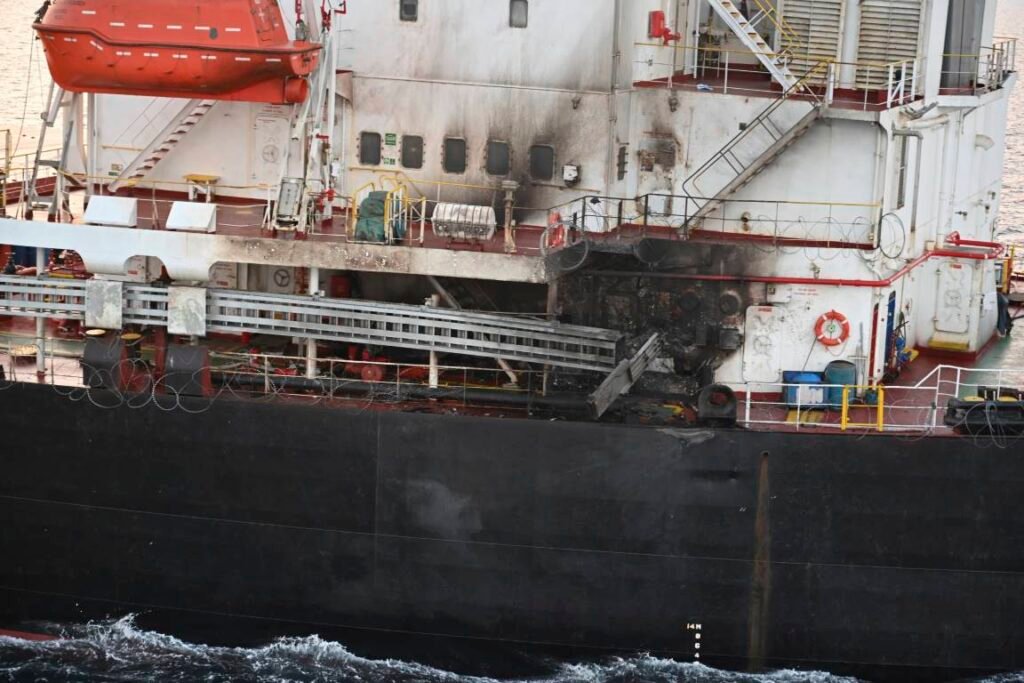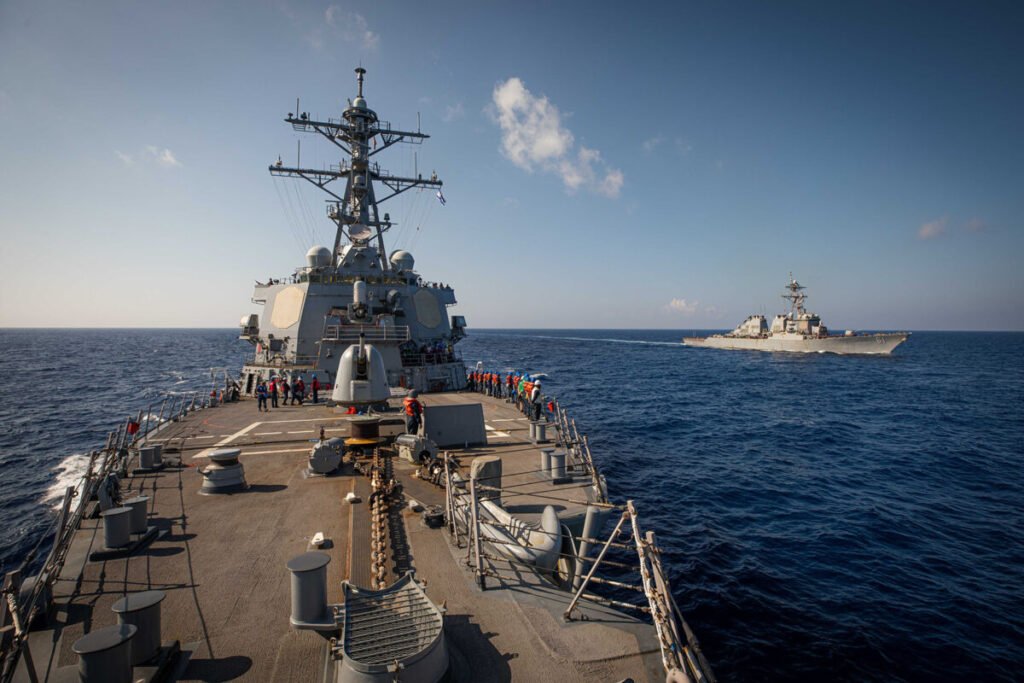Revenue registered by the Suez Canal for fiscal year 2023/24 fell by more than $2 billion, as attacks on commercial vessels in the Red Sea by Iran-backed Houthi rebels in Yemen continue to disrupt global trade and cause rerouting.
The Houthi attacks on the Red Sea and the Suez Canal have significantly disrupted global sea trade, leading to a decline in maritime activity in the region. This has had far-reaching economic and geopolitical consequences
The Houthi attacks have drawn U.S. and British retaliatory strikes and disrupted global trade as ship owners reroute vessels away from the Red Sea and Suez Canal to sail the longer route around the southern tip of Africa.

Impact of Houthi Attacks
- Disruption of Global Supply Chains: The Red Sea and Suez Canal are critical chokepoints for global trade, connecting Asia, Europe, and Africa. Houthi attacks have led to increased risks for ships passing through the region, forcing many to reroute via the longer Cape of Good Hope, increasing costs and delivery times.
- Economic Losses: The attacks have resulted in substantial financial losses for shipping companies, insurers, and countries dependent on the Suez Canal, such as Egypt.
- Increased Commodity Prices: Disruptions in the supply chain have contributed to rising prices for various goods, impacting consumers and businesses worldwide.
- Geopolitical Tensions: The attacks have escalated tensions in the region and drawn international attention to the conflict in Yemen, potentially leading to further involvement by external powers.
Decline in Sea Trade
The combination of Houthi attacks and other factors, such as geopolitical tensions and economic uncertainties, has contributed to a decline in sea trade in the region. This has had several implications:
- Reduced Suez Canal Revenue: Egypt, heavily reliant on the Suez Canal for income, has suffered significant financial losses due to decreased traffic.
- Shifts in Trade Routes: Shipping companies are increasingly exploring alternative routes, potentially leading to long-term changes in global trade patterns.
- Impact on Regional Economies: Countries in the region, dependent on sea trade for economic growth, have been negatively affected by the decline.
Challenges and Opportunities
Addressing the challenges posed by Houthi attacks requires a multifaceted approach:
- Enhanced Security Measures: Increased naval presence and improved intelligence sharing can help deter attacks and protect shipping lanes.
- Diplomatic Efforts: Resolving the conflict in Yemen through diplomatic means is crucial to creating a stable environment for trade.
- Diversification of Trade Routes: Promoting alternative shipping routes can reduce reliance on the Red Sea and Suez Canal.
- Technological Advancements: Developing advanced maritime technologies, such as autonomous ships and drones, can enhance safety and efficiency.
While the situation remains challenging, it also presents opportunities for innovation and adaptation in the shipping industry. By working together, international stakeholders can mitigate the impact of Houthi attacks and ensure the smooth flow of global trade.

Study by IMF on Global Trade Impacts
In this study, IMF attempted to identify the magnitude and geographical distribution of the negative and positive economic impacts of the blockage of the Suez Canal using a CGE model based on spatial economics with realistic geographical/logistic settings at the sub-national level.
The estimated annual net negative impacts of the blockage totaled 79.6 billion USD for the world or 0.1% of the world’s GDP. However, positive impacts (211.9 billion USD) offset the significant negative impacts (291.5 billion USD).
Among the countries, China is negatively affected most by the blockage of the Suez Canal in terms of value (-73.0 billion USD), followed by India (-26.2 billion USD) and Israel (-20.4 billion USD).
EU also has a sizeable negative impact (-72.9 billion USD) collectively. However, some countries benefited from the blockage, such as the US (59.9 billion USD), Japan (32.0 billion USD), Brazil (20.0 billion USD) and Australia (18.2 billion USD). We effectively showed that the blockage of just one point in the sea route has a substantial adverse economic impact worldwide.
Keywords: Suez Canal, IDE-GSM
JEL classification: C68, F13
PDF available at http://hdl.handle.net/2344/0002000862

